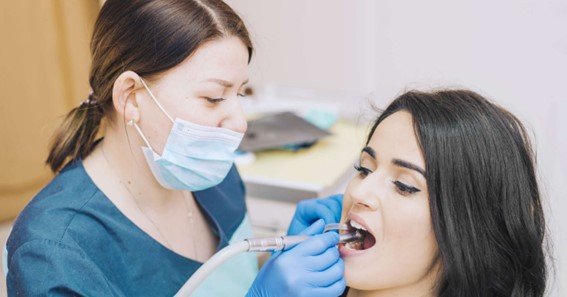If you’re facing a cavity and don’t have dental insurance, you’re probably asking, how much are tooth fillings without insurance? Tooth fillings can be essential for maintaining dental health, but the cost can vary significantly depending on factors like the material used and the dentist’s location. In this article, we’ll break down the typical costs and offer tips to find affordable tooth filling options.
Cost of Tooth Filling Without Insurance: What Determines the Price?
The cost of tooth filling without insurance can range broadly. Several factors influence the price, including the filling material, the tooth’s location, and the dentist’s expertise. Here’s an overview of common filling materials and their average costs for uninsured patients:
- Amalgam (Silver) Fillings: Amalgam fillings are among the more affordable options, typically costing around $100–$250 per tooth.
- Composite (White) Fillings: Composite fillings blend with your natural tooth color, making them a popular choice. However, they usually cost between $150–$450 per tooth.
- Gold Fillings: Gold fillings are durable but can be quite expensive, costing $600–$1,500 per filling.
- Ceramic Fillings: Ceramic fillings are aesthetically pleasing and durable, but they come at a high price, often ranging from $800–$2,000 per tooth.
This wide price range for dental fillings with no insurance reflects the different materials and types of care available, making it essential to understand your options.
Average Tooth Filling Cost Uninsured: Regional and Dentist Variation
The average tooth filling cost uninsured patients face also varies depending on where you live and the dentist you choose. Dental prices are generally higher in urban areas compared to rural regions, and some clinics may offer discounts for uninsured patients. Contacting local dental offices to compare prices can help you find the most affordable tooth filling options available.
Affordable Tooth Filling Options Without Insurance
Even if you don’t have insurance, you can still find affordable tooth filling options. Here are a few strategies to consider:
- Community Health Clinics: Some community clinics offer lower dental filling prices for uninsured patients, with fees often based on income.
- Dental Schools: Dental schools frequently offer reduced costs for procedures like fillings. Supervised by experienced dentists, students perform the procedures at significantly lower prices.
- Discount Dental Plans: Some companies offer dental discount plans that provide reduced rates on fillings and other dental procedures.
- Payment Plans: Many dental offices offer payment plans to spread out the expenses for cavity filling without coverage, making it more manageable.
Out-of-Pocket Costs for Tooth Fillings: Planning for the Expense
When you’re paying out-of-pocket costs for tooth fillings, it’s wise to plan for the expense. Without insurance, fillings are fully paid by the patient, and even minor cavities can add up if multiple fillings are required. Discussing pricing options with your dentist before treatment can help avoid surprises and ensure you understand the price range for filling teeth without insurance.
FAQ
1. How much are tooth fillings without insurance on average?
- The cost varies but typically ranges from $100 to $450 for basic fillings, depending on material, location, and other factors.
2. Is it cheaper to get a filling at a dental school?
- Yes, dental schools often provide fillings at a lower cost because students, under professional supervision, perform the procedures.
3. Are there payment plans for dental fillings?
- Many dental offices offer payment plans, allowing you to spread the tooth filling expenses without insurance over time.
4. What is the cheapest type of filling without insurance?
- Amalgam (silver) fillings are usually the cheapest, costing around $100–$250 per tooth.
5. Do any dental plans cover fillings for uninsured patients?
- While not insurance, dental discount plans offer reduced rates for fillings and other treatments, helping with tooth filling cost without dental plan coverage.
Understanding how much are tooth fillings without insurance can help you prepare financially for dental care. With various options for reducing costs, from community clinics to discount dental plans, you can find solutions to maintain your dental health without straining your budget.










